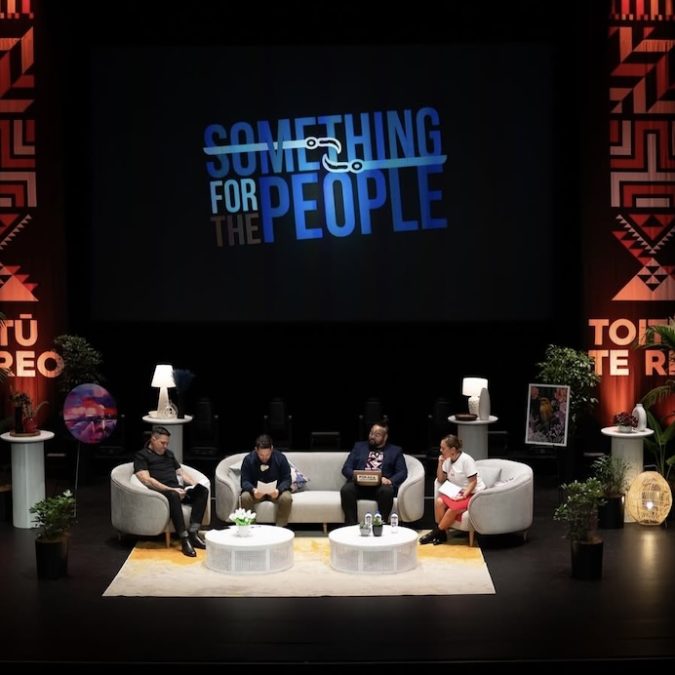
Hospitality helps the “tired legacy of retailers struggling to fit in their outdated infrastructure with shoppers,” by changing what the consumers expect, according to The Food Retail Group’s 2012 study, Realities and fantasies of retailing.
The study says “eating occasions” drive shopping behaviour more than anything else, and that targeting consumers is about fulfilling those fixed needs.
“Products and brands are tools to complete occasion-specific tasks, not drivers of shopping experience. Consumers orient themselves toward food, based on the cultural nature of the occasion. They make food quality choices driven by food culture, not by absolute preferences.”
These ‘cultural eating occasions’ are defined as the single most salient cultural distinction currently driving consumer behaviour which ultimately affects every retail channel. Retailers are slowly learning that incorporating food into their offering, or sharing a retail space with a third-party food retailer, can benefit both parties through increased foot traffic – it also provides customers with a “destination” retail experience.

But do consumers need to be tempted into retail spaces? According to Vicki Lee from Hospitality NZ, both areas will always have a certain pull to them, but are more effective at tempting consumers in when working together.
“Naturally if you are going out for lunch it’s going to be the restaurant or café that is the drawcard, and shopping is an add-on if it’s available. Likewise, if the mission is to go shopping then that will be the pull, but it’s made all the better if the precinct or mall also has great food and beverage offerings.
“We are now seeing clothing shops with gorgeous cafes in the front of them or part of them. It creates buzz with people coming and going for things other than shopping.”
Chris Beasleigh, national director, retail sales and leasing for JLL, credits the growth of options in retail to this new trend, saying more now than ever, there is more competition in each sector which results in retailers needing to tempt consumers inside.
“There are so many different options around so consumers need to be tempted. You have got to up your game, the demands of the new generation are that they want it, and they want it now.”
He warns that the trouble of adding a hospitality component to the business has to be worth it for the retailer.
“If you do it right then it’s worth it. Fashion has really taken a hit because of the internet but two things have continued to grow – service retail and food/beverage. But each retailer has to think about will it work in your space.
“Hospitality is very complex, and very complex to set up. You have to do your research and see if it’s actually worth the investment… I wouldn’t tell everyone to adopt this, it must suit your brand and gain enough revenue to make it worth it for everyone.”

The secret sauce
The continued success of the retail and hospitality sectors in New Zealand requires careful management and constant control of things such as costs, coupled with a detailed understanding of the market. That both industries have continued to do so well is testament to the incredibly hard work retailers and members of the hospitality are putting in.
Both Mark Knoff-Thomas and Vicki Lee stress the importance of retailers doing their homework before including hospitality into their offerings. Lee says there is a lot that the retail sector can learn from their food and drink neighbours.
“Hospitality operators know they need to constantly look for the next new thing to bring people through the door.
“Stats NZ demography data indicates over a six-year period, around 45-50 percent of food and beverage businesses will either close or be sold. This, in itself means we are constantly seeing new hospitality offerings pop up as new owners take over. This often leads to a new product offering and probably a refurbishment, which could be as little as a fresh coat of paint or a complete revamp.”
Between large shopping areas like Sylvia Park, medium-sized chains like Città and smaller offerings like J’aime Les Macarons, it’s clear that many retailers are evolving to meet consumer demand. Yet the responsibility still falls on retailers to make sure that a new business model suits their pre-existing one and will enhance their offering rather than distract from it.
“Do your research, whatever you do you need to be sure it is going to enhance and complement what you’re already doing – and it’s going to resonate with your consumer,” says Knoff-Thomas. “It’s really about finding the right things, what you’ve got, what your consumer is like and how hospitality can enhance both those things. It all about instore alignment, you can never stress enough how important the research is.”




